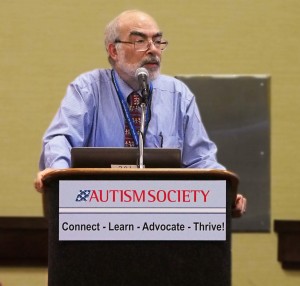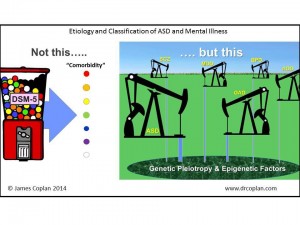Rescue Fantasies
November 24th, 2014 by drcoplan RMS Titanic. Photo credit: Wikipedia Commons.
Dr. Coplan unloads on the hardest part of a pediatrician’s job
What do you suppose is the hardest part of my job as a pediatrician? If you guessed “Giving bad news,” you would be wrong.
Make no mistake about it: giving bad news is never easy:
- Your son / daughter has died.
- Your son / daughter has :
- Cerebral Palsy
- Intellectual Disability
- Autism
- Brain Damage
- Spinal cord injury
- Cancer
- A degenerative disorder for which we have no treatment
- Other [fill in the blank]
Surprisingly, however, giving bad news is not the hardest part of my job. Properly done, giving bad news is an act of compassion that sustains parents and helps to assure that family healing will (eventually) take place. Giving bad news requires me to practice my profession at the highest level. As painful as the process may be, it offers me the satisfaction of a difficult job well done.
So, what is the hardest part of my job?
In episode 23 of The Twilight Zone (The Nightmare at 20,000 feet), a passenger (played by a very young William Shatner, pre- Star-Trek fame) spots a monster on the wing of the airplane, and watches with horror as the creature slowly begins to devour the wing of the aircraft. This plot device forms the basis for innumerable movies: Only the protagonist sees the danger– everyone else is placidly unaware. The “Invasion of the Body Snatchers” is another great example: The hero struggles to stay awake. Everyone else is either ignorant of the danger, or their minds have already been taken over. (Written and produced during the McCarthy Era, this film is also a metaphor for America’s fear of creeping Communism: Substitute “Reds” for “alien pods,” and you get the idea.). Read the rest of this entry »















